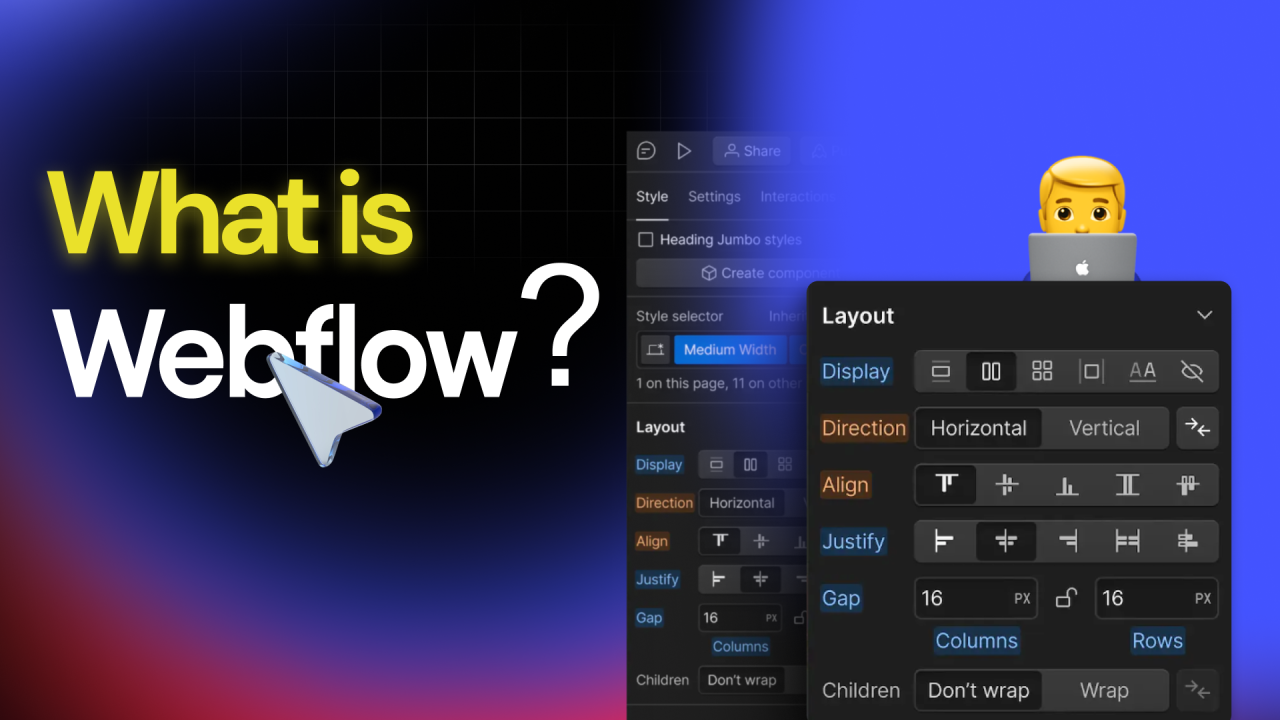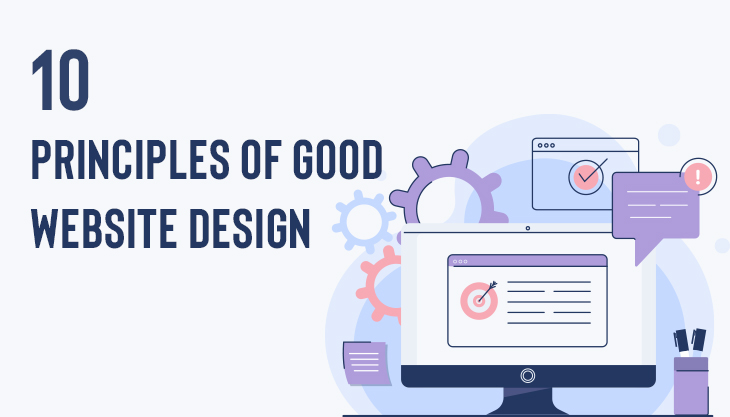What is Webflow?
Webflow is revolutionizing the way we design and manage websites. As a fully dynamic Content Management System (CMS), it combines the flexibility of a visual design tool with the robust capabilities of a traditional CMS. Webflow empowers designers and developers to create stunning, responsive websites without the need for extensive coding, ensuring faster turnaround times and lower maintenance requirements compared to platforms like WordPress.
What is Webflow?
Webflow is a next-generation web design tool that merges visual design with a powerful CMS. Unlike traditional web design platforms, Webflow allows users to design, build, and launch responsive websites visually, using a drag-and-drop interface. This means you can see the changes you make in real-time, ensuring a more intuitive and efficient design process.
Key Features of Webflow
- Visual Design Interface: Webflow’s visual designer is its core feature, allowing users to design directly in the browser. This eliminates the need for additional design tools and provides a real-time preview of the final product.
- Responsive Design: Webflow ensures that websites look great on any device. With its responsive design capabilities, you can create websites that automatically adapt to different screen sizes, enhancing user experience across desktops, tablets, and mobile devices.
- CMS Flexibility: Webflow’s CMS lets you create custom content structures. Whether you’re building a blog, an e-commerce site, or a portfolio, you can define the exact types of content you need and manage them effortlessly.
- Hosting and Maintenance: Webflow provides hosting services that are optimized for speed and reliability. This integrated hosting solution simplifies the process of launching and maintaining websites, reducing the need for third-party hosting services.
- SEO Capabilities: Webflow is designed with SEO in mind. It offers clean, semantic code, customizable meta tags, and automated sitemap generation, helping your site achieve better search engine rankings.

Benefits of Using Webflow
Enhanced Design Control
Webflow offers unparalleled control over the design process. With its visual editor, you can manipulate every aspect of your website’s layout and styling, from typography and color schemes to complex animations. This level of control ensures that your website not only looks great but also aligns perfectly with your brand identity.
Faster Development Cycle
By eliminating the need for extensive coding, Webflow significantly speeds up the web development process. Designers can quickly prototype and iterate on designs, reducing the time from concept to launch. This accelerated workflow allows businesses to respond more rapidly to market changes and user feedback.
Reduced Maintenance
Webflow’s integrated hosting and CMS reduce the need for ongoing maintenance. Automatic updates, backups, and security measures are handled by Webflow, freeing up your time to focus on content creation and other strategic activities. This is a stark contrast to platforms like WordPress, which often require regular updates and security monitoring.
Webflow vs. WordPress
Ease of Use
Webflow’s intuitive interface makes it easier for non-developers to create and manage websites. While WordPress is highly customizable, it often requires a steeper learning curve and knowledge of coding to fully leverage its capabilities.
Customization
Both platforms offer extensive customization options, but Webflow excels in its ability to create visually complex designs without writing code. WordPress, on the other hand, relies heavily on themes and plugins, which can sometimes lead to compatibility issues and slower site performance.
SEO and Performance
Webflow’s clean code and integrated SEO tools provide a solid foundation for search engine optimization. WordPress can be optimized for SEO as well, but it often requires additional plugins and careful management to achieve similar results.

Getting Started with Webflow
Setting Up Your Account
To begin with Webflow, simply sign up for an account on their website. Once registered, you can start a new project and choose from a variety of templates or start from scratch.
Designing Your Website
- Choose a Template: Webflow offers a wide range of templates designed for different industries and purposes. These templates can be fully customized to suit your needs.
- Customize Your Design: Use the visual designer to modify your template or create a new design. Adjust the layout, style elements, and add interactions to enhance user engagement.
- Add Content: Populate your site with content using Webflow’s CMS. Create custom collections for different content types, such as blog posts, products, or portfolio items.
- Optimize for SEO: Utilize Webflow’s SEO tools to optimize your site’s meta tags, URLs, and content structure. Ensure that your website is accessible and performs well across different devices.
Launching Your Website
Once your design and content are ready, you can launch your website directly from Webflow. Their hosting services ensure that your site is fast, secure, and reliable. With global CDN, SSL certification, and automatic backups, Webflow provides a robust hosting solution for your website.
Conclusion
Webflow stands out as a versatile and powerful tool for web designers and developers. Its blend of visual design capabilities and robust CMS features provides an efficient and effective way to create dynamic, responsive websites. By leveraging Webflow, you can streamline your development process, reduce maintenance efforts, and deliver a superior user experience. Whether you are a seasoned web developer or a business owner looking to enhance your online presence, Webflow offers the tools and flexibility to bring your vision to life.
Read More What is a Server?







